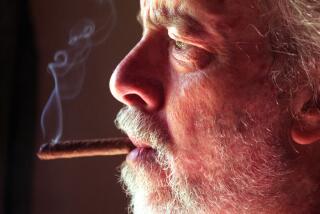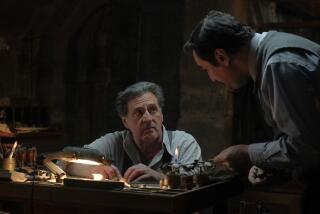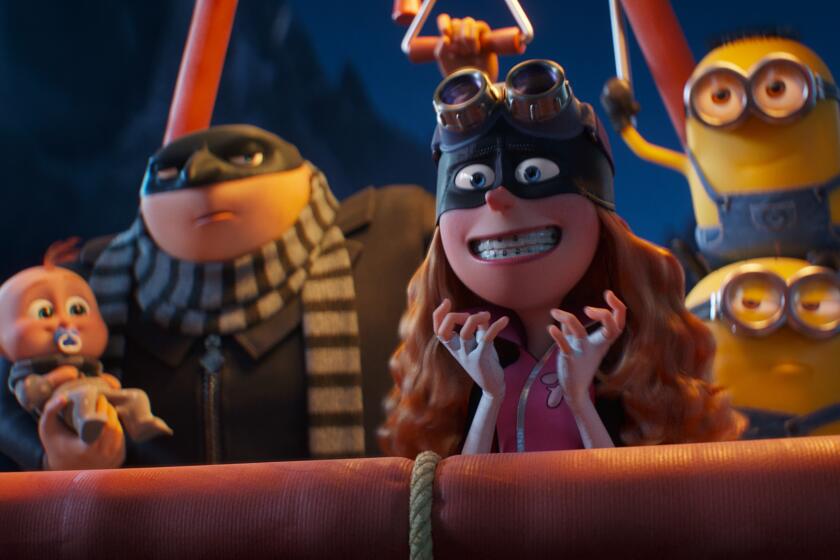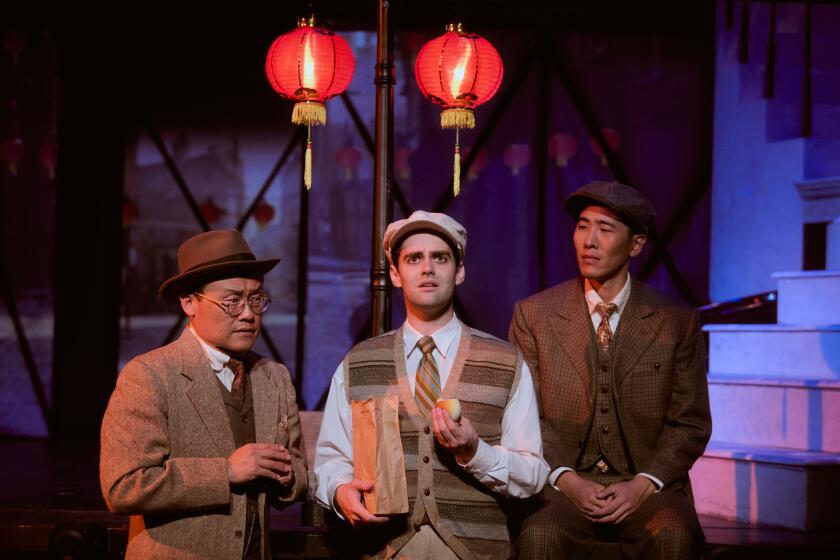Gate to a sad phenomenon
“The Bridge” is both a beautiful film and a disturbing one, and the connection between those two characteristics makes it the most disquieting of documentaries.
The bridge in question is San Francisco’s celebrated Golden Gate, which has the distinction of being both the most photographed man-made structure in North America and the single most popular suicide site in the world.
This dichotomy, amply documented in a New Yorker article by Tad Friend that inspired the film, caused director Eric Steel to photograph the bridge for the entire year of 2004, setting up both a wide-angle camera and one with a telephoto lens powerful enough to capture individuals walking on the span.
Because Steel misled bridge authorities about the purpose of his cameras and because he ended up with footage of most of the 24 people who jumped to their deaths in that year, “The Bridge” has become a controversial project, accused of being a snuff film and worse.
Yet one has only to watch this troubling, provocative film to see that this criticism is misplaced. For what Steel has done, with able assistance from cinematographer Peter McCandless, editor Sabine Krayenbuhl and composer Alex Heffes, is craft a meditation on the nature of suicide, an attempt to understand the inexplicable: why some people are so intent on ending their lives; what drives them, literally, over the edge.
Yes, it is shocking to see people go over that edge, in some cases leaping over the 4-foot railing (the bridge has no suicide barrier) as casually as rolling out of bed. But Steel has taken pains to tell reporters that saving lives was a priority for him, that the bridge security office was called the moment anything suspicious was seen through the camera.
In truth, the sight of these leaps is more surreal than exploitative, encouraging us to grapple with profoundly unsettling questions about the nature of the will to die that’s so at variance with the will to live that generally rules people’s lives.
Most of “The Bridge,” in fact, is not taken up with jumper footage but with interviews with a wide variety of people: accidental witnesses to the suicides, friends and relatives of those who jumped, even one man whom we see, in a truly amazing sequence, reaching over the rail and physically lifting a potential suicide to safety.
“The Bridge’s” most compelling interview is with Kevin Hines, one of the few people to have made the 220-foot jump, hit the water at 75 mph and survive.
Suffering from bipolar disorders since high school, Kevin lucidly describes the circumstances of his jump and what happened when he entered the water. He talks agonizingly about how tough it is for him to have his family and friends perpetually walking on eggshells when he is around. “I just want to be normal again,” he says. “But I never will.”
If there is a common thread among those interviewed, even the people who merely observed the suicide, it is a feeling of futility and uselessness. Because it is so final, and so finally unknowable, suicide disorients everyone who comes in contact with it.
Those feelings intensify and stretch across a wide spectrum when the suicide is a close friend or relative. Some people blame themselves, some believe the deceased “is in a better place,” and a surprising number in effect commiserate with those who felt so trapped, often due to mental illness, that they could not imagine another way to get free. “I don’t know why people kill themselves, yet it’s a small step to empathize,” says Carolyn Pressley, a friend of Gene Sprague, whose suicide features most prominently in the film. “I think we all experience moments of despair, but for most of us the sun comes out.”
Though there is some conversation about why these people all chose the Golden Gate as a suicide spot, “The Bridge” chooses a subtle way to answer that question. As extensively photographed by McCandless in all weathers and from a multiplicity of angles, the Golden Gate looks spectacularly beautiful and alluring. We don’t have to be told why people go there to die, we see and feel the lure right up on the screen.
*
‘The Bridge’
MPAA rating: R for disturbing content involving suicide, and for some language.
An IFC Films release. Director-producer Eric Steel. Director of photography Peter McCandless. Editor Sabine Krayenbuhl. Running time: 1 hour, 33 minutes. In selected theaters.
More to Read
Only good movies
Get the Indie Focus newsletter, Mark Olsen's weekly guide to the world of cinema.
You may occasionally receive promotional content from the Los Angeles Times.







